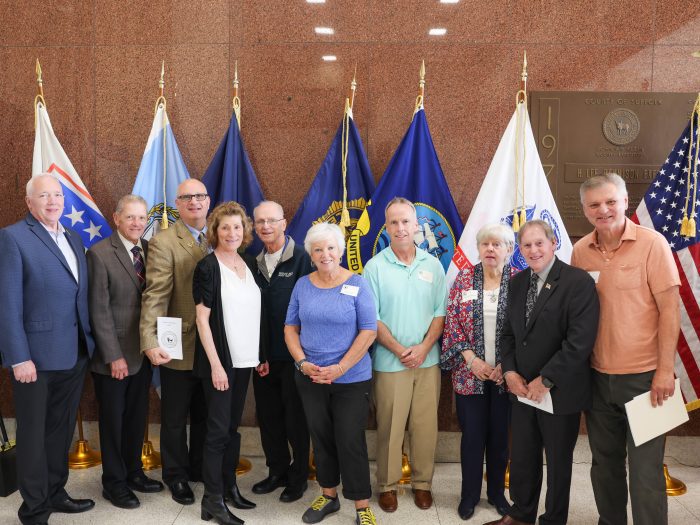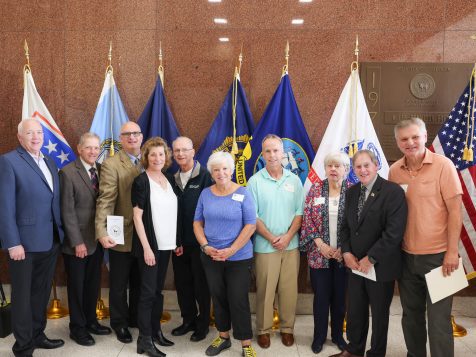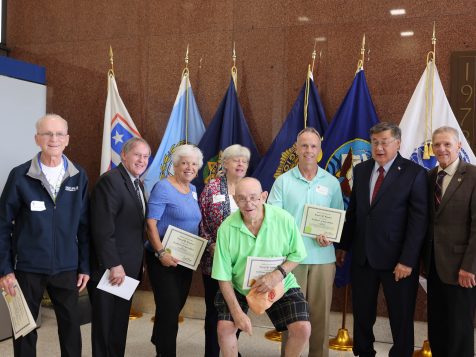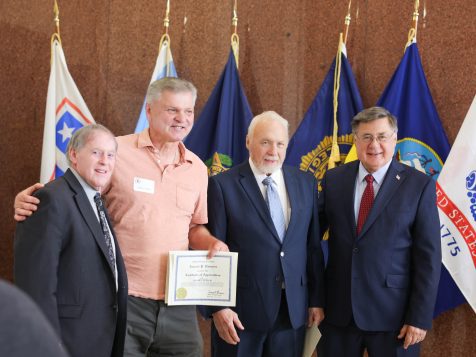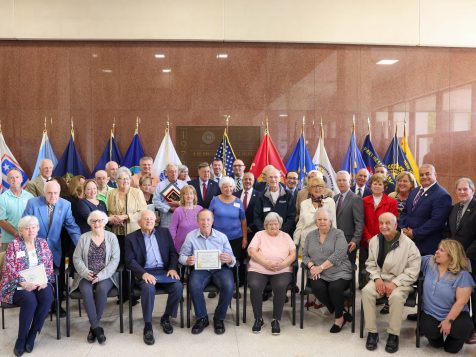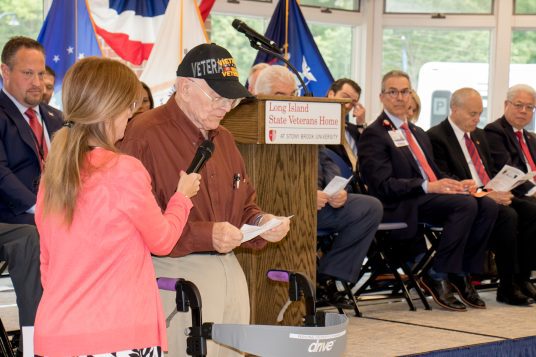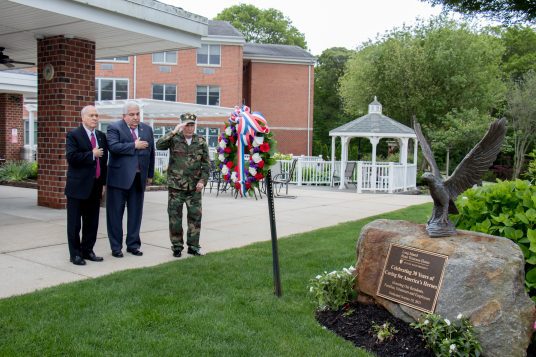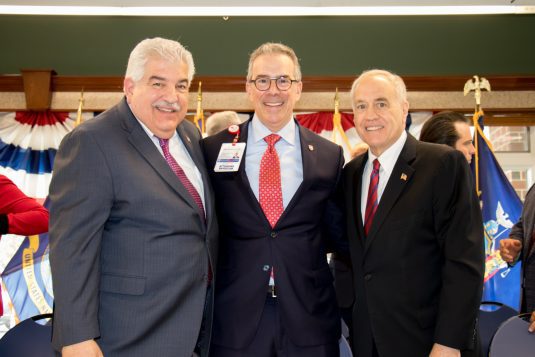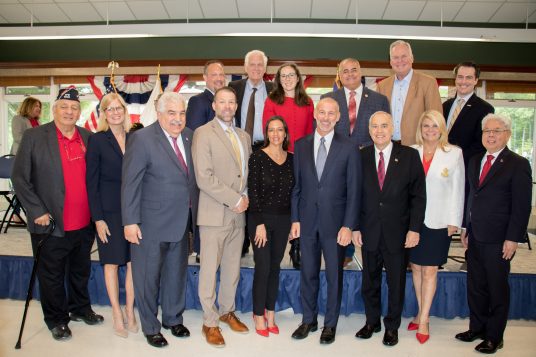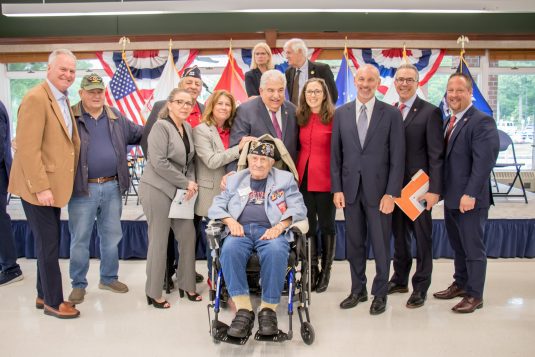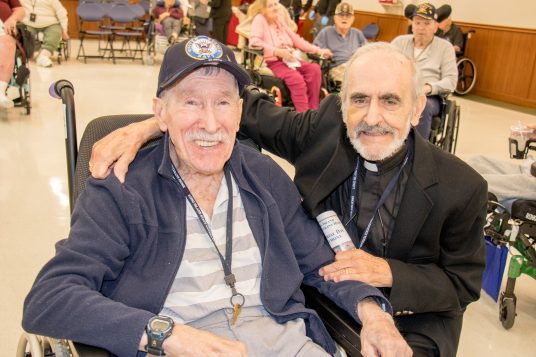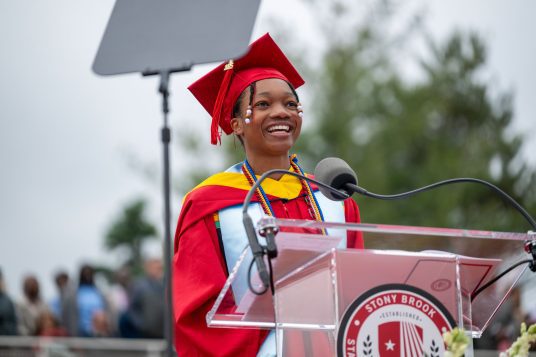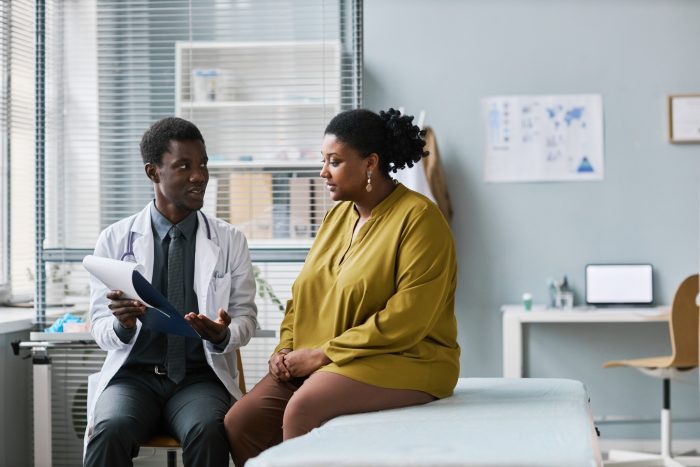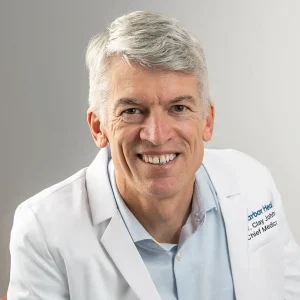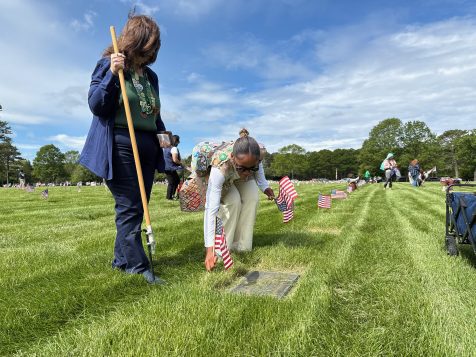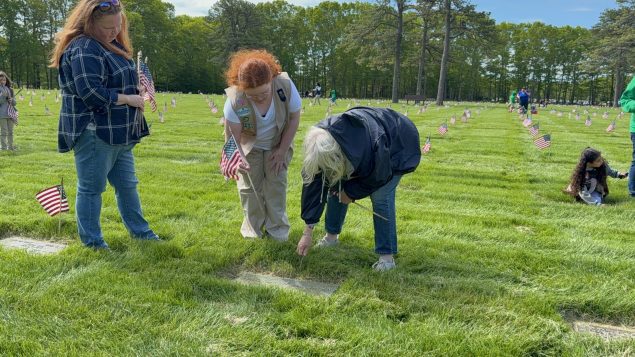PSEG Long Island is improving the reliability of the energy grid in Lake Grove. The storm hardening work on this distribution circuit is part of many system improvements included in the “Power On” program.
“This Power On infrastructure improvement project in Lake Grove is part of PSEG Long Island’s ongoing, multi-year effort to continue to improve electric reliability for customers,” said Peggy Keane, PSEG Long Island’s vice president of Construction and Operations Services. “We are working hard to reduce the number of outages that occur during severe weather by strengthening the electric lines that directly power homes and businesses.”
The work began in early May and is expected to last approximately one month. PSEG Long Island’s licensed and approved contractors will work along distribution lines in Lake Grove. To ensure traffic moves safely, PSEG Long Island will provide cones, flaggers and signage at the worksites as needed. Local officials will also be notified in advance regarding any potential traffic concerns.
The storm-hardening improvements include:
● Stronger poles: PSEG Long Island will replace some existing utility poles with stronger, more durable poles that are capable of withstanding winds up to 135 mph. The new poles will be approximately the same height as the existing poles, have a stronger base and will be placed no more than 5 feet from the current pole locations. PSEG Long Island will actively coordinate the removal of old poles with other utilities and municipalities.
● Narrow profiles: To help wires deflect falling limbs instead of catching them, PSEG Long Island will be installing shorter cross arms atop some poles.
● Stronger wire: Current wire will be replaced with more resilient and durable wire.
● Upgrading: PSEG Long Island will upgrade or replace worn equipment as necessary.
Crews will be working on the following streets in Lake Grove:
● Glen Way between Parsnip Pond Road and Bea Street
● Bea Street East of Sarah Drive
● Sy Court East of Sarah Drive
● Sarah Drive between Bea Street and
Hy Place
● Hy Place between Sarah Drive and Gould Drive
PSEG Long Island prepares year-round for extreme weather to maintain reliable service for approximately 1.2 million customers. Since 2014, the company has made significant investments in strengthening the electric infrastructure. Using funding from both FEMA and LIPA, PSEG Long Island has completed storm hardening and reliability work on more than 1,000 miles of distribution mainline circuits.
Power On, a program that started in the spring of 2020, continues the work now that the FEMA program has concluded. Since the launch of Power On, more than 420 miles of the most vulnerable distribution mainline and branch line circuits on Long Island and in the Rockaways have been storm hardened with stronger poles, thicker wire and other modern equipment.
These investments have strengthened the system so that fewer customers experience outages and, when they do occur, the duration is shorter, especially during extreme weather. Excluding catastrophic storms, from the first quarter of 2024 through the first quarter of 2025, the sections of circuits that PSEG Long Island has storm-hardened have seen a 39% reduction in damage leading to outages, compared with the rest of the distribution system.
Power On focuses on mainline circuits, the backbone of the distribution system. The main lines feed the many branch lines that power the homes and businesses in individual communities.
For more project details, visit psegliny.com/inthecommunity/currentinitiatives/stormhardeningprojects.


